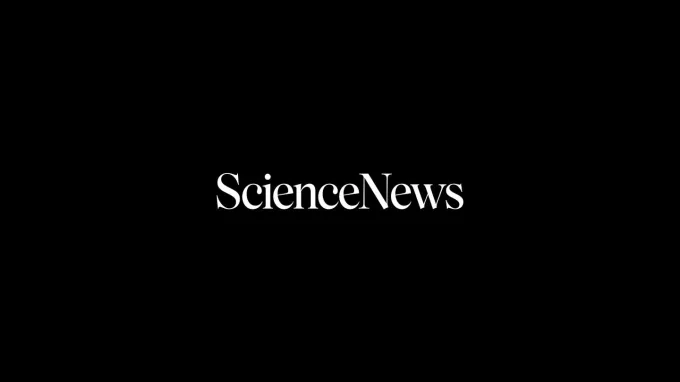Science News Magazine: Current Issue
Vol. 161 No. #24
Trustworthy journalism comes at a price.
Scientists and journalists share a core belief in questioning, observing and verifying to reach the truth. Science News reports on crucial research and discovery across science disciplines. We need your financial support to make it happen – every contribution makes a difference.
More Stories from the June 15, 2002 issue
-
 Health & Medicine
Health & MedicineShuttling medicines via blood cells
Researchers have developed a way of encapsulating drugs in red blood cells, which can be used to deliver low doses of anti-inflammatory drugs to cystic fibrosis patients.
-
 Animals
AnimalsBay leaves may make rat nests nicer
Wood rats may be fumigating their nests with bits of California bay leaves, sprigs that killed flea larvae in lab tests.
By Susan Milius -
 Health & Medicine
Health & MedicineChemical stops allergic reaction in tests
Researchers have developed a protein that short-circuits allergic reactions in mice and in tissue cultures of human cells.
-
 Humans
HumansSmall lab animals exempted from law
The new farm bill explicitly exempts rats, mice, and birds from coverage under the federal Animal Welfare Act.
By Janet Raloff -
 Earth
EarthMangled microfossils may mark impact sites
Scientists studying sediment cores drilled in eastern Virginia say they’ve possibly identified a new clue to the locations of ancient, hidden impact craters: Just look for broken or twisted microbial fossils.
By Sid Perkins -
 Earth
EarthFamed undersea vent may be lost
When scientists last month tried to revisit an undersea hydrothermal vent first discovered nearly a quarter of a century ago, they found the site desolate, possibly paved by a fresh volcanic eruption.
By Sid Perkins -
 Physics
PhysicsVoyager spacecraft still buffeted by sun
Even though the two Voyager probes launched in 1977 passed the outermost planets in our solar system more than a decade ago, their sensors show that they can't yet outrun the influence of solar flares.
By Sid Perkins -
 Health & Medicine
Health & MedicineSmart Drugs: Leukemia treatments nearing prime time
Three new drugs stop acute myeloid leukemia in mice, suggesting the treatments will work in people with this deadly blood cancer.
By Nathan Seppa -
 Astronomy
AstronomyOutlier Planet: Extrasolar places that are like home
A team of veteran hunters of planets outside the solar system has come up with a landmark finding: a Jupiterlike planet orbiting a Sunlike star at a Jupiterlike distance.
By Ron Cowen -
 Plants
PlantsMirror Image: Flowers with opposite styles have a fling
Scientists have discovered a gene that controls whether flowers lean to the left or the right.
-
 Materials Science
Materials ScienceWiregate: Metallic picket fence flips magnetic bits
Rather than relegate magnetic fields to the usual backup role of data storage for computers, a new microcircuit exploits those fields for computation, possibly leading to cheaper, lower-power chips than traditional electronic ones.
By Peter Weiss -

Evolution’s Death Row: Groups surviving mass extinction still go bust
Groups of species may persist through major extinction events only to die off in the aftermath.
By Kristin Cobb -
 Health & Medicine
Health & MedicineHemispheric Cross Talk: Brains show two sides of language function
Some people coordinate language use with both sides of their brains, allowing them to retain verbal skills after damage to one side or the other.
By Bruce Bower -
 Animals
AnimalsMarine Mules: Near-sterile hyrids boost coral diversity
Reef corals that spawn in great mixed-up soups of many species may be maintaining their diversity because their hybrids are sterile mules.
By Susan Milius -
 Health & Medicine
Health & MedicineStanding Up to Gravity
Studies in space can help physicians better understand a disorder in which patients get faint or dizzy while standing.
-
 Earth
EarthPresto, Change-o!
Compared with the snail's-pace processes that normally shape Earth's surface, the impacts of extraterrestrial objects change our planet's geology in a flash.
By Sid Perkins
